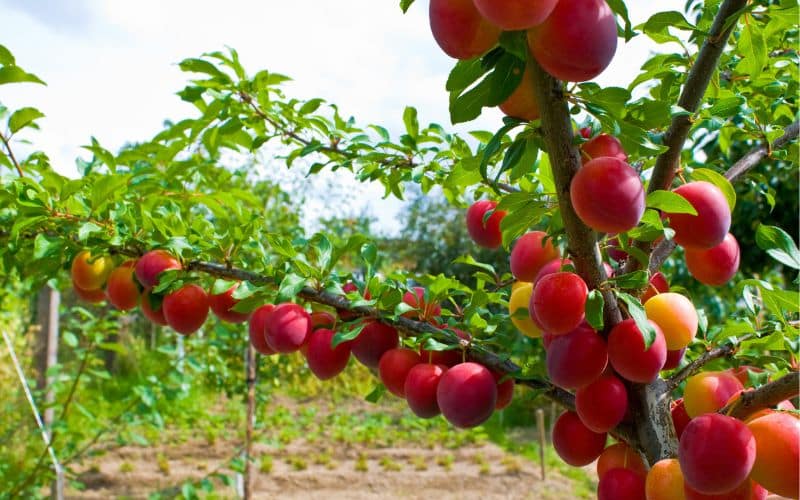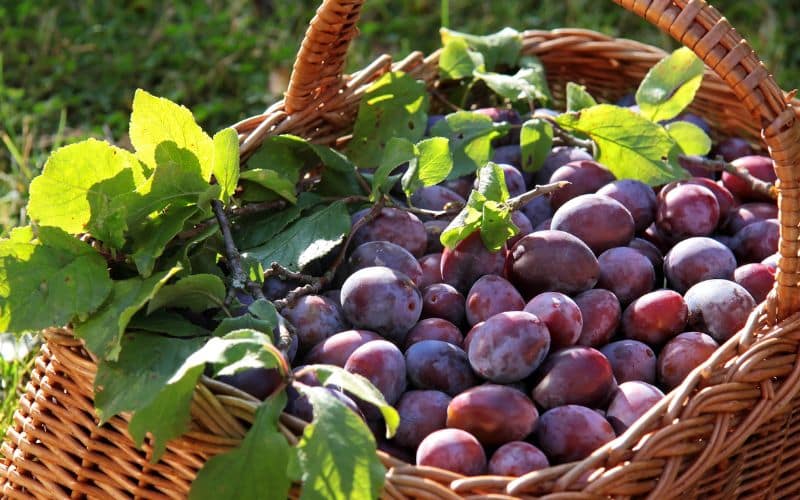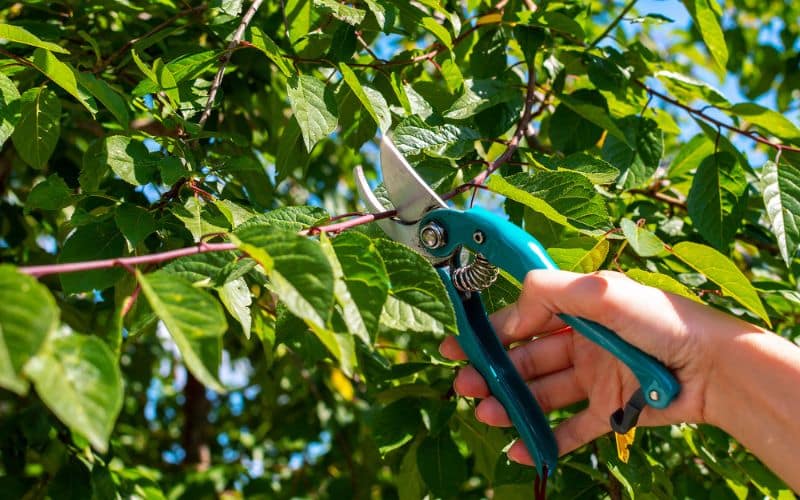
Ontario, a province known for its diverse landscapes and rich agricultural heritage, is home to a variety of fruit trees, including the beloved plum tree. Plum trees in Ontario are more than just a source of delicious fruit; they are a symbol of the region’s commitment to sustainable agriculture, biodiversity, and community well-being.
Varieties of Plum Trees
In Ontario, plum trees are available in different varieties, each with unique features and adaptability to the local climate. Two popular choices are the European Plum (Prunus domestica) and Japanese Plum (Prunus salicina). Additionally, the native Wild Plum (Prunus americana) is widespread across Southern Ontario, known for its fragrant flowers and edible fruits.
Significance in the Landscape
Plum trees in Ontario are celebrated not merely for their succulent fruit but for the multifaceted role they play in enhancing the landscape. Their presence is a harmonious blend of utility, beauty, and ecology.
Ornamental Beauty
The plum tree’s ornamental appeal is a feast for the eyes. In spring, the trees burst into a spectacle of delicate, fragrant blossoms, painting gardens and orchards in shades of white and soft pink. As the seasons change, the vibrant foliage in autumn transforms the landscape into a tapestry of rich colors, adding a touch of elegance to both private gardens and public spaces.
Ecological Contributions
Beyond their visual charm, plum trees, especially the native Wild Plum, serve a vital ecological purpose. Often found growing along streams and river edges, these trees act as natural stabilizers. Their robust root systems bind the soil, preventing erosion and maintaining the integrity of riverbanks. This not only preserves the landscape but also creates a supportive habitat for various aquatic and terrestrial wildlife.
Community and Cultural Connections
Plum trees are more than just a scenic addition; they are a symbol of community and cultural heritage in Ontario. Community orchards and public gardens featuring plum trees foster social connections and local pride. The trees become gathering spots, places of learning, and a source of local food, reflecting Ontario’s commitment to sustainability and community well-being.
A Living Artwork
The plum tree’s year-round beauty, from blossoms to fruit to vibrant leaves, makes it a living artwork that enriches Ontario’s landscape. Its aesthetic and ecological significance resonates with gardeners, environmentalists, and community members alike, making the plum tree a cherished part of Ontario’s natural heritage.

Selecting the Right Variety: Wild Plum – Prunus americana
Wild Plum, also known as American Plum, is native to Southern Ontario but can be found widespread across Canada as an ornamental tree. This fast-growing tree has beautiful, fragrant flowers, and edible fruits that are valued for their use in pies and preserves. The Wild Plum often grows along streams and river edges, where it helps to prevent erosion and stabilize banks.
Characteristics of Wild Plum
Flowers: Burst into bloom in early spring with very fragrant, white clustered flowers.
Fruits: Ripen in late August, producing waxy, small (2-3cm) plums ranging in colour from yellow to red. The flesh can be either sweet or sour.
Leaves: 6-10 cm long and slightly hairy, single or double toothed.
Choosing the Perfect Location
As mentioned earlier, Wild Plum often grows along streams and river edges. Select a sunny spot that receives at least 6-8 hours of sunlight daily and offers well-drained soil with a pH level of 6.0 to 6.5.
Planting Your Plum Tree
Planting a Wild Plum tree is an exciting venture. Here’s a step-by-step guide:
- Timing: Plant during early spring or late fall when the soil is workable, avoiding extreme temperatures.
- Preparation: Dig a hole twice as wide as the root ball and as deep as the root system. Loosen the soil at the bottom to encourage root growth.
- Positioning: Place the tree in the hole, ensuring that the graft union is above the soil line. This helps prevent rotting and encourages healthy growth.
- Soil and Watering: Fill the hole with soil, gently tamping down to remove air pockets. Water thoroughly to settle the soil around the roots.
- Mulching: Apply a layer of organic mulch around the base to retain moisture and suppress weeds.
Pruning and Maintenance
Proper pruning and maintenance are key to a thriving plum tree. Here’s how to care for your tree:
- Pruning: Prune the tree during the dormant season, removing dead or diseased branches and shaping the tree to allow sunlight penetration. Pruning encourages healthy growth and fruit production.
- Watering: Regular watering is essential, especially during dry periods. Deep, infrequent watering promotes deep root growth.
- Fertilizing: Apply a balanced fertilizer in early spring to support growth. Follow the manufacturer’s instructions or consult with a local expert for specific recommendations.
- Inspecting: Regularly inspect the tree for signs of pests or diseases and take prompt action if needed.
Pest and Disease Control
Regular inspection and early intervention using organic or chemical treatments can prevent common pests and diseases. Consult with local experts for region-specific advice.
Safety Considerations
Despite the edible fruits, other parts of the Wild Plum tree, including leaves and Plum stones, contain toxic hydrocyanic acid and should never be consumed.

Conclusion: Embracing the Wild Plum Tree in Ontario
The Wild Plum tree, a native gem of Southern Ontario, represents a harmonious blend of beauty, utility, and ecological significance. From its fragrant blossoms to its vibrant foliage and delicious fruits, the tree adds a unique charm to the Canadian landscape.
Through careful selection of location, attentive planting, and diligent care, the Wild Plum tree can thrive in gardens, orchards, and public spaces. Its role in preventing erosion, enhancing biodiversity, and fostering community connections underscores its value beyond mere aesthetics.
However, the cultivation and enjoyment of the Wild Plum tree come with responsibilities. Understanding the specific needs of the tree, recognizing the edible and inedible parts, and adhering to safety considerations are essential for a rewarding experience.
The Wild Plum tree’s presence in Ontario is a testament to the rich tapestry of life in this vibrant province. It invites us to engage with nature mindfully, to celebrate local heritage, and to cultivate a sense of community and stewardship.
Whether you are planting a single tree in your backyard or contributing to a community orchard, the Wild Plum tree offers a journey filled with discovery, delight, and connection. Embrace the tree with knowledge, care, and respect, and let it inspire a deeper appreciation for the natural world around you.









